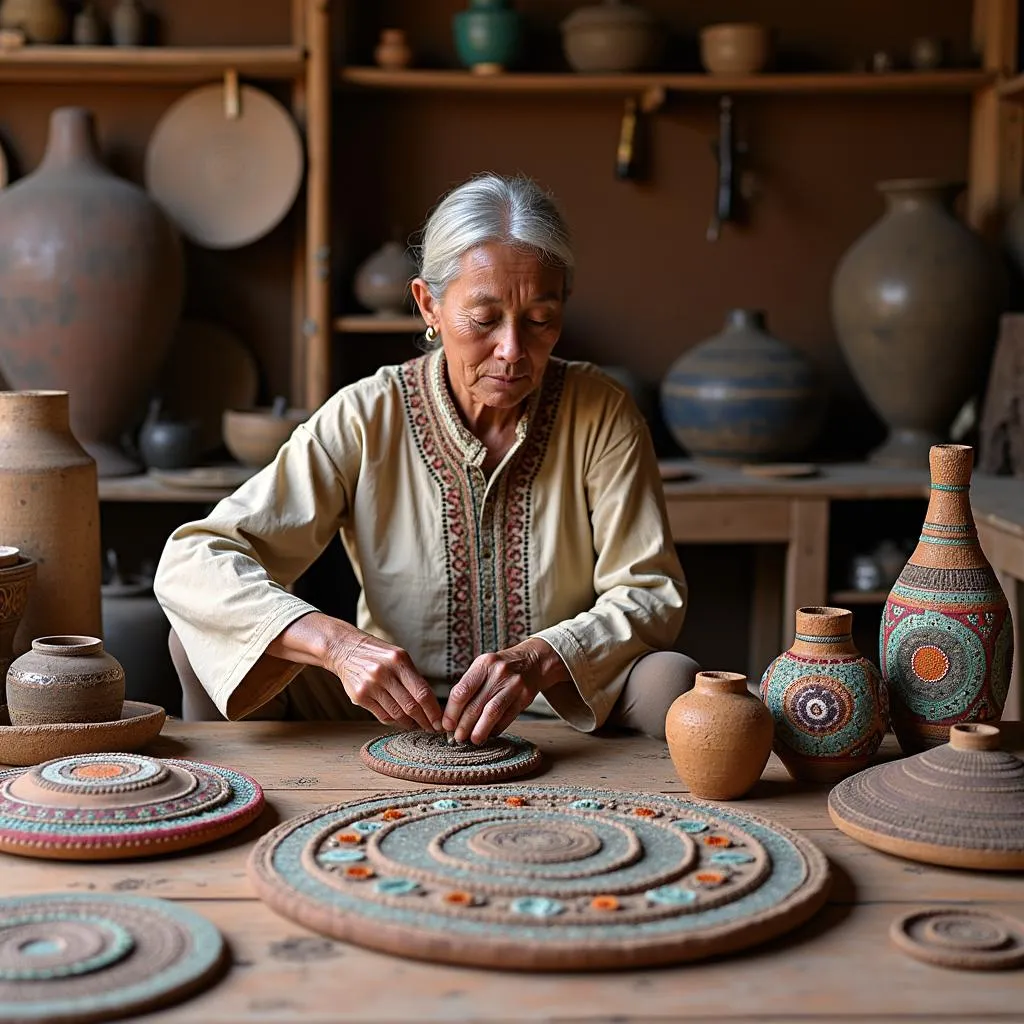Understanding the Summarize Written Text Format
Summarize Written Text tasks are designed to assess your ability to comprehend and effectively condense dense information. The key is to capture the passage’s core ideas and present them in a grammatically correct, informative, and concise form. Below, we present an example Summarize Written Text task along with a range of model answers, carefully constructed to reflect the protocols and expectations of the real PTE exam.
Summarize Written Text Practice Task: Cultural Preservation Through Community Initiatives
Passage:
Preserving culture and tradition, especially in today’s increasingly globalized world, is becoming a growing concern for many communities. Cultural preservation often starts from the grassroots level, with communities taking collective action to safeguard their customs, language, and heritage. One example is the revitalization of indigenous languages, which, for centuries, have been under pressure from dominant languages, contributing to their decline. Communities are now using modern technology and educational programs to preserve these languages. Moreover, local crafts, rituals, and events such as festivals are increasingly being recognized not only as forms of artistic expression but also as crucial components of cultural identity. These community-driven initiatives help maintain cultural continuity and ensure that future generations understand the importance of their heritage, thereby reinforcing the cultural fabric of society.
Task:
Summarize the main points of the passage in one sentence. Your response should be between 5 and 75 words.
Model Answers:
Band 90 (High Score):
Community-driven efforts to preserve culture, such as language revitalization and celebration of traditional crafts and festivals, play a vital role in maintaining cultural identity and passing on heritage to future generations in a globalized world.
Analysis:
Content: Excellent. The main points are clearly captured, including the emphasis on community efforts, language preservation, traditional practices, and the importance of cultural identity.
Form: The response is concise, comprising one sentence.
Grammar: Strong use of complex structures such as “such as” and “play a vital role.”
Vocabulary: Although relatively simple, terms like “community-driven,” “revitalization,” and “maintaining” are well-selected to concisely express the core ideas.
Spelling: No errors.
Band 80 (Above Average):
Communities are preserving their cultural identity by revitalizing languages and continuing traditional events, crafts, and festivals despite global pressures.
Analysis:
Content: Very good. The main points are effectively summarized, but the role of modern technology and education is omitted.
Form: The response adheres to the one-sentence rule.
Grammar: Accurate, but slightly less complex compared to the Band 90 response.
Vocabulary: Suitable usage of terms like “revitalizing” and “cultural identity.”
Spelling: Correct throughout.
 Community efforts help preserve culture through festivals and traditions
Community efforts help preserve culture through festivals and traditions
Band 70 (Average):
Communities are trying to keep their culture alive through events, languages, and traditional crafts.
Analysis:
Content: Adequate, but it lacks depth. The sentence fails to mention the relevance of modern technology and how it helps with language preservation.
Form: The sentence is correctly structured within the word limit.
Grammar: Simple but correct; no complex structure used.
Vocabulary: Basic use of vocabulary, with redundancy in the phrase “keep their culture alive.”
Spelling: No issues.
Band 60 (Below Average):
People in communities want to protect their traditions like language and crafts from dying out.
Analysis:
Content: Somewhat inaccurate. It misses the key connection between these efforts and future generations, and the role of global pressures is unclear.
Form: The response fits within the sentence and word limit but lacks fluency.
Grammar: Simple grammar used, but lacks nuanced expression as seen in higher-band responses.
Vocabulary: Basic and colloquial, with phrases like “from dying out” detracting from formal tone.
Spelling: Correct.
 Local arts and crafts contributing to cultural preservation
Local arts and crafts contributing to cultural preservation
Band 50 (Low Score):
Communities preserve culture by doing things like language.
Analysis:
Content: Incomplete, capturing only a small portion of concepts. It doesn’t effectively summarize the passage.
Form: It is one sentence, but far too short, providing little relevant information.
Grammar: Multiple weaknesses; the phrase “doing things like language” is vague and grammatically incorrect.
Vocabulary: Oversimplified and unclear, reflecting an overall misunderstanding of the academic tone required.
Spelling: No spelling issues, but clarity is poor.
Vocabulary and Grammar Breakdown
-
Revitalization /ˌriːvɪtəlaɪˈzeɪʃən/ (noun): The process of bringing something back into use or importance.
- Example: The revitalization of endangered languages is crucial for preserving cultural heritage.
-
Grassroots /ˈɡrɑːsruːts/ (adjective): Denoting activities or movements led by ordinary people or communities.
- Example: The grassroots movement focused on local culture preservation.
-
Heritage /ˈhɛrɪtɪdʒ/ (noun): The traditions, achievements, beliefs, etc., that are part of the history of a group or nation.
- Example: Protecting cultural heritage is essential for maintaining national identity.
-
Cultural fabric /ˈkʌltʃərəl ˈfæbrɪk/ (noun): Refers to the structure and continuity of a community’s cultural identity.
- Example: Festivals are essential to the cultural fabric of these communities.
-
Safeguard /ˈseɪfɡɑːd/ (verb): To protect something from harm or damage.
- Example: The community takes steps to safeguard traditional rituals.
-
Continuity /ˌkɒntɪˈnjuːɪti/ (noun): The unbroken and consistent existence of something.
- Example: Cultural continuity ensures that future generations appreciate and maintain traditions.
-
Indigenous /ɪnˈdɪdʒɪnəs/ (adjective): Originating in and characteristic of a particular region or country; native.
- Example: Indigenous languages are central to the identity of many communities.
-
Globalized /ˈɡləʊbəlaɪzd/ (adjective): Involving the entire world; making something worldwide in scope.
- Example: The globalized economy has exerted pressure on local languages.
-
Tradition /trəˈdɪʃən/ (noun): The transmission of customs or beliefs from generation to generation.
- Example: Upholding tradition is integral to cultural preservation.
-
Cultural identity /ˈkʌltʃərəl aɪˈdɛntɪti/ (noun): The sense of belonging to a culture or group.
- Example: Language plays a key role in reinforcing cultural identity.
Conclusion
Summarizing written text in the PTE exam requires candidates to concisely identify and express the key information from a passage in a single, grammatically correct sentence. Community initiatives concerning cultural preservation are a common and valuable theme, as highlighted in the task above. Effective practice, like the one provided here, is essential for improving your performance on this component of the PTE exam.
Feel free to try out the practice task yourself and leave a comment if you’d like feedback or need further guidance.